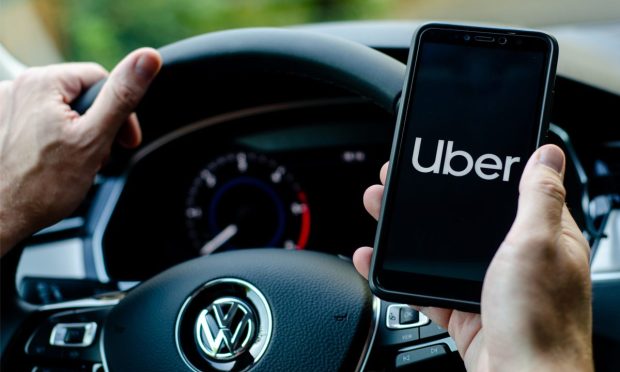Uber Tests Pay Redo to Woo New Drivers

Uber will be testing a new algorithm for drivers that allows them to see pay and destinations before accepting a trip, according to a Reuters report Friday (Feb. 25).
This will give drivers more incentives to take short rides, and aims to help attract more drivers. The changes, currently in pilot programs, are the biggest changes made to the Uber driver payment algorithm in years, per the report.
This comes as Uber is trying to build back up its workforce since it was depleted due to pandemic woes. The features are also a response to driver demands, as many drivers wanted to be able to see fare and destination before taking a trip.
Uber has resisted this in the past — the logic being that it might lead to drivers cherry-picking trips or avoiding riders in certain neighborhoods. However, it already operates a similar program in California, thanks to a 2020 state battle over the rights of gig workers.
The rideshare company said this latest pilot is unrelated to gig worker regulation, with the tests being rolled out in Texas, Florida and the Midwest.
Uber Technologies posted fourth-quarter results that showed continued traction in its delivery and freight segments, even as the core ride-hailing business recovered — evidence that the great digital shift is here to stay.
PYMNTS wrote earlier this year that Uber saw its revenues up by 83% as of the last quarter, coming from a rebound from the core delivery business. There was also some tailwinds for food delivery, even as there were more reopenings of local economies.
Read more: Uber Delivery Gross Bookings Surge 33% YoY As Ordering Online is ‘Ingrained Habit’
Uber said delivery “is an increasingly ingrained habit.” The company also said it had 118 million monthly active platform consumers, which was up from 93 million a year prior.
CEO Dara Khosrowshahi said on a conference call that the company’s results showed that people were ready to move around outside more as restrictions were being lifted, and that the importance of delivery has grown in the last two years.
